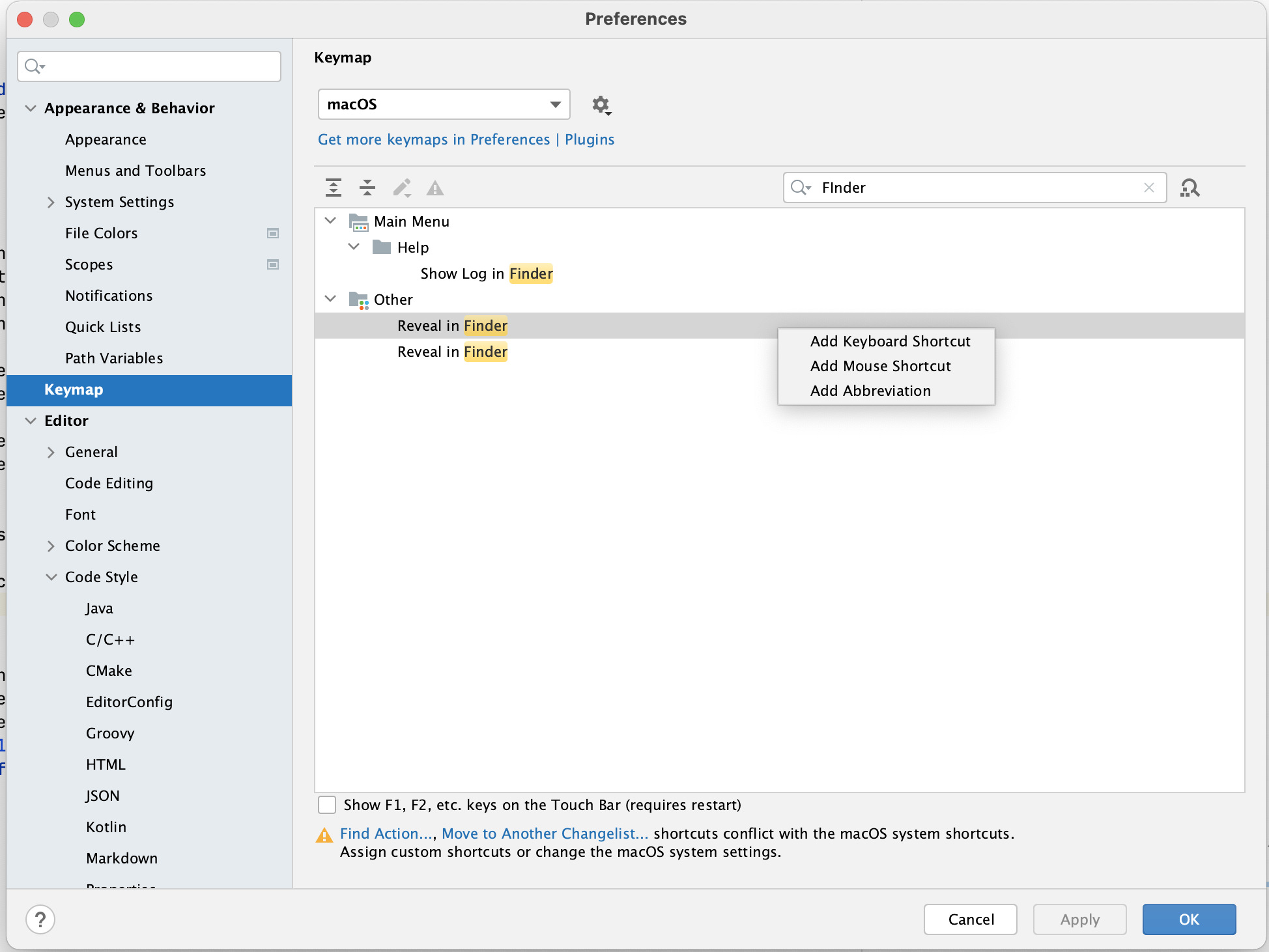
Introduction
Android Studio serves as a robust Integrated Development Environment (IDE) for creating Android applications. Efficient file management and location are crucial for any development environment. This article explores various methods and tools within Android Studio to help you manage and locate files effectively.
The Need for a File Finder
In software development, especially with complex projects like Android applications, losing track of files or struggling to locate specific code pieces is common. This can lead to wasted time and frustration, significantly impacting productivity. A robust file finder within Android Studio can alleviate these issues by providing a streamlined way to search, organize, and manage files.
Basic File Management in Android Studio
Before diving into advanced techniques, understanding the basic structure and navigation of Android Studio is essential.
Project Panel
When opening a project in Android Studio, you'll see:
- Project Panel: Lists every file in your Android project. Focus primarily on code under the
app>java>{com}.{example}.{appname}directory. Other folders and files are mainly for testing and application configuration.
File Tabs
- File Tabs: Indicate every open file. Android Studio permits editing one file at a time, with each tab representing an open file. Clicking on a tab switches to the file and continues editing. The IDE automatically saves changes as you edit each file, eliminating the need to manually save after making changes.
Launch Controls
- Launch Controls: Help you run an application, choose a target device/emulator, and more. Hovering your mouse cursor over the button until a tooltip appears can help you understand what each icon does.
Editing Area
- Editing Area: Where the bulk of your work takes place. Your current open file consumes this area. The editing area is where you write, debug, and refine your code.
Advanced File Finding Techniques
Basic navigation is essential, but advanced techniques can significantly enhance productivity when working with large projects.
Search All
One of the most powerful ways to find anything in Android Studio is within the Search All window. To reveal this window, press Shift two times in quick succession. Once revealed, begin typing the name of any file in your project to narrow the results. Use arrow keys (↑, ↓, ←, →) and the enter (or return) key to select and open the desired file.
Go-To Source
When editing a file (code or resource), you often want to jump to the place where you initially defined a variable, class type, or resource identifier. By performing a Go-To Source click, you can open the original declaring location of any element. Hold the CTRL key on Windows/Linux (or CMD key on OS X) and click any variable type or variable name to navigate to the place it was defined.
Using Shortcuts
Android Studio offers numerous shortcuts that can streamline your workflow. Here are some particularly useful ones:
- Switch to Previous File Tab:
ALT + ←(Windows/Linux) orCTRL + ←(OS X) - Switch to Next File Tab:
ALT + →(Windows/Linux) orCTRL + →(OS X) - Delete Current Line:
CTRL + Y(Windows/Linux) orCMD + Delete(OS X) - Look Up: Various shortcuts exist for looking up definitions, implementations, and more. For example, holding
CTRLand clicking on a variable name will take you to its definition.
Using Stack Overflow for Advanced Queries
Sometimes, you might need to search for specific strings within your entire project. This can be particularly useful when debugging or troubleshooting complex issues. On Stack Overflow, there is a question about searching all occurrences of a string in the entire project in Android Studio. The solution involves using the shortcut Ctrl + Shift + F to search any string in the whole project.
Creating an Android File Finder and Sorting App
Creating an Android file finder and sorting app can be a valuable project for both learning and practical use. Here’s how you can approach it:
Project Overview
A file finder and sorting system is developed for Android phones to help users find and organize their files efficiently. This system can sort files according to provided sorting options and has a user-friendly and attractive GUI that produces accurate results.
Steps to Create the App
- Set Up Your Project: Start by setting up a new project in Android Studio. Choose the appropriate template for your needs, such as a basic app or a more complex one like a file manager.
- Design the GUI: Design an attractive and user-friendly GUI that allows users to easily navigate through their files. This can include categories for documents, photos, videos, and audio files.
- Implement File Management: Implement features that allow users to explore files, find downloads, manage storage space, move files around, and more. Ensure that the app can display all files category-wise and allow sorting by name, oldest, or newest first.
- Add Sorting Options: Provide sorting options that allow users to sort files based on their needs. This can include sorting by name, date modified, size, and more.
- Favorites Feature: Implement a favorites feature where users can mark important files for easy access. Once a file is added to favorites, it will be displayed in the Favorites Folder, making it easy to access important files.
- Testing and Debugging: Test your app thoroughly to ensure that it works as expected. Debug any issues that arise during testing to provide a smooth user experience.
Final Thoughts
Android Studio offers a robust set of tools and techniques for managing and finding files within your projects. From basic navigation to advanced search techniques and creating custom file finder apps, each method can significantly enhance productivity as a developer. By mastering these techniques, you can streamline your workflow, reduce time spent searching for files, and focus more on coding and developing applications.
Whether you're a beginner or an experienced developer, understanding how to efficiently manage and find files in Android Studio is essential for success in the world of Android app development. By leveraging these tools and techniques, you can create more efficient workflows and deliver high-quality applications with ease.
